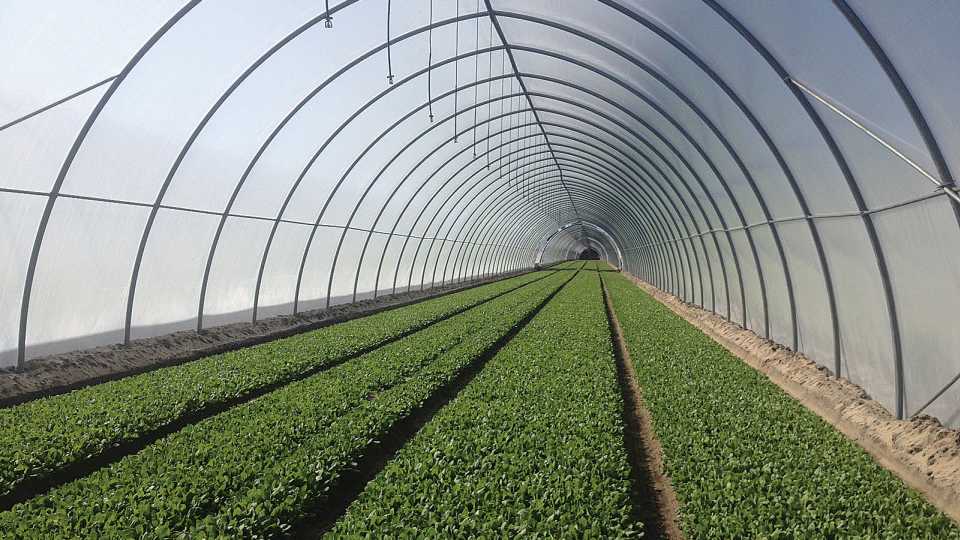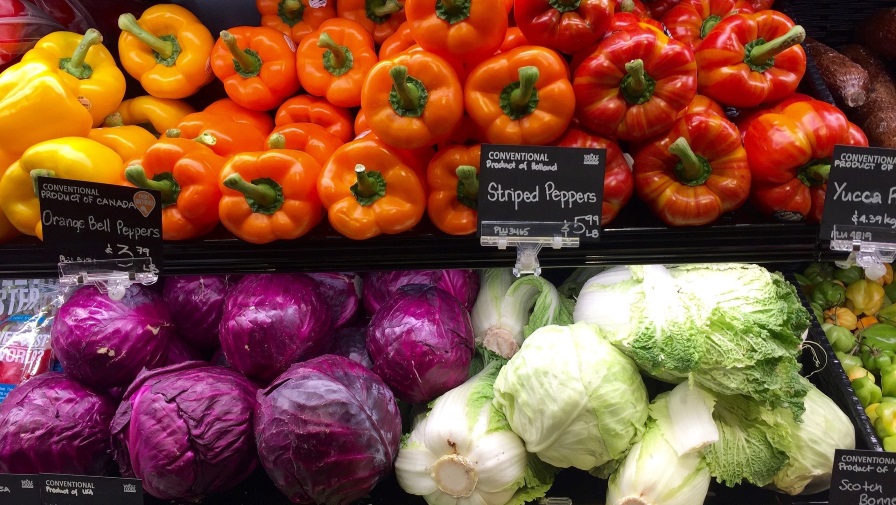Pistachio Power: Where Growing and Research Mesh for Success
Ask an Extension agent from one of the world’s most productive agricultural regions — someone who works with a lot of fruit and nut growers — what makes pistachio grower Joe Coelho different, and she can hardly contain herself. “He’s sort of like an Extension person himself. There are a lot of innovative growers, but he takes it to another level,” Mae Culumber of University of California Cooperative Extension says. “If he has a problem, he’s likely to get a lab analysis. He does his own homework.”
This summer the American Pistachio Growers (APG) named Coelho its first-ever Director for Sustainable Growth and Outreach. Culumber, the Nut Crops Advisor in Fresno County, believes it’s a great hire. “He really thinks outside the box for a grower; not only is he always contacting UC or ARS, he even does his homework on what researcher has what expertise,” she says. “He wants an applied research answer, and that’s what we (UCCE advisers) want — applied research for growers. He really understands how the research system works.”
As an example of his dedication to finding answers, reports came in around April 15 that ‘Golden Hills’ blocks were displaying odd characteristics. A handful of growers (including Coelho) noticed fruiting branches and rachis with speckled discoloration. By May 15 some nutlets began to abort.
Coelho pored through his weather records for the San Joaquin Valley and found a frost event in early April that had been precluded by a warm spell, followed by a large rain system. Botrytis strikes were present in the trees, and it was thought that rain introduced the fungi to plant wounds, causing disease strikes. However, plating of plant tissues at UC ANR did not produce a consistent pathogen. They concluded that chilling injury of rapidly growing plant tissue likely caused the crop loss.
FARMER FIRST
As much as she appreciates his penchant for research, Culumber, who is an American Fruit Grower columnist (and has a column in this issue) admires Coelho the grower. For example, he rarely has extensive navel orangeworm damage.
Culumber also notes that Coelho definitely has sustainability chops. He is a big believer in building the organic matter of soils — which, he says, is a win for not only the environment but also nutrient efficiency and crop productivity. His family began making its own high-value compost about 10 years ago, a move that was key to drought resiliency in recent years.
“He does his own research, and he invites all the university people as well as other growers to join him,” she says. “He deserves this recognition because he efficiently has his own foot in both worlds and makes the work we do more effective for growers.”
Coelho has an insatiable thirst for information that can improve his farm and, in his new role with the APG, the farms of other pistachio growers in the valley. He farms a large amount of pistachios and almonds for the family business, Terra Linda Farms, which also has a large footprint devoted to onions, tomatoes, cotton, and other row crops.
Coelho (the fifth of his name), after graduating from Cal Poly, farmed strawberries in Santa Maria for noted grower Daren Gee and returned to the family farm, as it was only right. Great Grandfather Joseph Francis Coelho II was the first in his family to immigrate to the U.S. from the Azores, in 1915, and headed straight for California with $10 in his pocket.
BORN RESEARCHER
Coelho says he has been inquisitive about farming since he was a boy. At age 10, his father told him to read dairy magazines (before farming, dairy was the family business) to try and improve the business. Coelho not only read the magazines but also contacted a company that came out to the dairy to improve the traction of the cement — at the request of a 10-year-old — and the move paid off.
When he started farming pistachios, Coelho began attending meetings of the California Pistachio Research Board, of which he is now a member. It was one of his best moves. “I would go to meetings and listen for my pain points: weeds, salinity, etc., and listen to all the people who make presentations,” he says. “When we go to break, I go up and say, ‘Hey, I’d like to work with you. Let’s do this, let’s work together.’”
APG wants Coelho to keep farming because it keeps him grounded. Researchers can miss the target in terms of what’s possible, what’s actionable, he says. But at the same time, farmers need to be innovative, and that comes from research.
“Whether strawberry or pistachio, I’ve been part of the research community to be adaptive to changing times,” he says. “I’m a hybrid because, as a grower, I know purely academic reasoning doesn’t always hit the target because it’s sometimes not considerate of manageable action. But purely observational, anecdotal approaches don’t often lead to solutions either. I’m looking to save money and solve problems. We (APG) are leaning into research on the economics of conservation practices, with confidence from my experiences, to ensure the most important aspect of successful farming — financial sustainability — which then allows us to be environmentally and socially sustainable.”
























